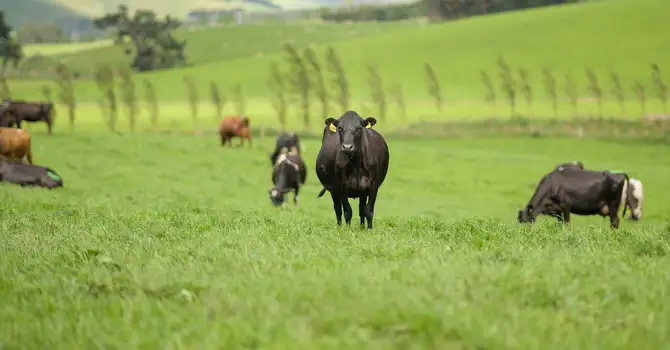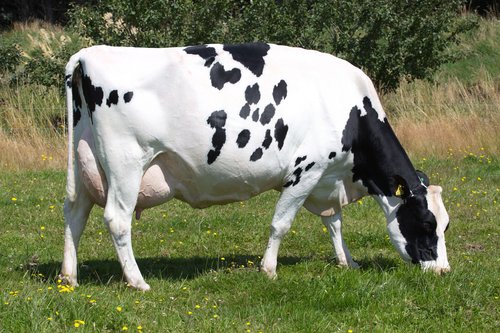Ensure a successful mating period and increase your chances of getting cows in-calf with these pre-mating tips from LIC’s Mike Rose.
What is pre-mating?
When we talk about pre-mating with farmers it is often greeted with a mixed reaction.
Pre-mating heat detection is the time leading up to the planned start of mating date (PSM). It’s used to identify which cows in the herd are cycling as expected, and those that are not.
The thought of adding an additional three or four weeks to a long mating period can seem daunting. But there are benefits to be had as a result – benefits that can save you money.
Know the value of heat detection
Poor heat detection can be costly to your farming business. Calculate the cost of a missed heat with the following equation:

In addition to the production cost above, there’s the flow on cost of a cow calving later than expected. This gives less time to recover and get in-calf early the following season.
Most Australian farms have good submission rates at 80- 90%. So, the number of non-cycling animals you can expect to identify during pre-mating is small – 10-20%. Identify non-cycling cows early and treat them appropriately to improve your 6-week in-calf rate and reduce overall empty rates at the end of mating.
Pre-mating heat detection
Start at least 35 days prior to PSM.
The most common method is to apply tail paint and observe the rub marks to determine pre-mating heats.
Record your pre-mating heats. This doesn’t have to be complicated. A simple wall chart or diary with the cow numbers that have cycled each day will help.
When you have new staff or staff that need to upskill, I recommend using the pre-mating period to train them. Teach them on the job while they gather the pre-mating heat dates for you.
These recorded dates provide you with a reference to check back on during mating.
This can help you:
- reduce the number of ‘if in doubt, put her up’ short returns
- reduce the number of straws used on cows that are not in
Remember, a cow from New Zealand genetics comes on heat every 18-24 days on average. Comparatively, a Holstein is every 19-22 days.
As pre-mating progresses, use the information to understand the proportion of your cows that are not cycling and consider your treatment options.
What to do with non-cycling cows
Have a plan in place for how you manage them.
Options can include:
- Vet checks
- Using two forms of heat detection from PSM to help identify these cows more easily
- Running them as a separate herd
- Providing preferential feeding
- Moving them to once-a-day milking to give them a greater chance of cycling before
When you have a high proportion of non-cycling cows, talk to your vet about a management plan.
Whatever your plan is, it is essential to identify early which cows to keep a closer eye on during the mating period.
In summary, pre-mating is the perfect time to:
- check that your cows are cycling correctly before your PSM
- identify non-cycling cows for early treatment
- fine-tune yourself and upskill your staff’s heat detection skills
- train any new staff in heat detection
- confirm on-farm mating and short return policies
- ensure all staff involved are on the same page and ready for the mating.
This article was published in our spring 2021 Green to Gold publication.



